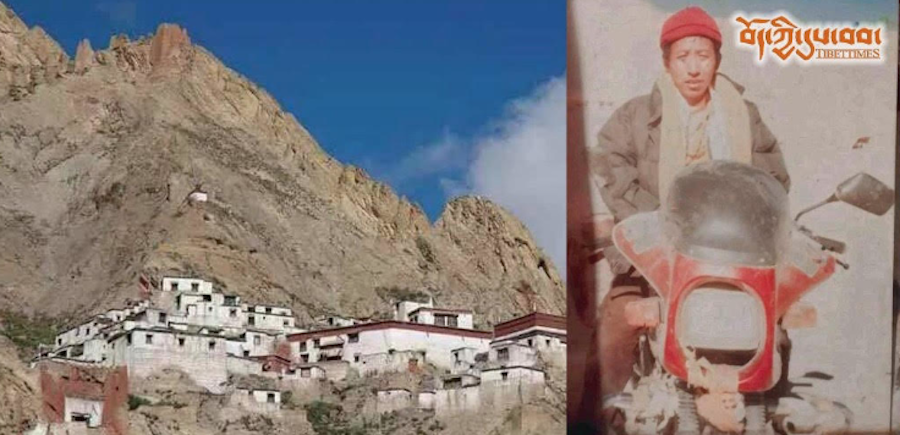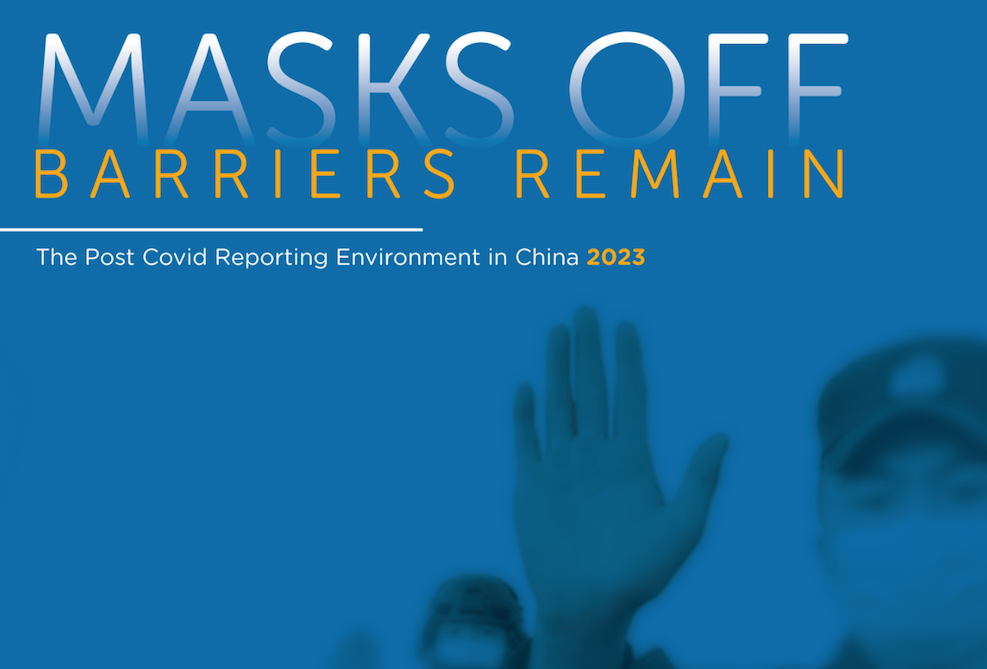By Guy Gugliotta
Washington Post Staff Writer
Sometime around 600 A.D., the legend goes, King Ligmagya of Zhang Zhung married Semokar, sister of ambitious Tibetan leader Songsten Gampo. It was a classic union of state, intended to rid Ligmagya of a potential rival by co-opting him.
Except Semokar did not like living with Ligmagya on the bleak, windblown plateau of northwestern Tibet. She importuned her brother to rescue her, but Songsten Gampo did better than that. His assassins killed Ligmagya, then turned Zhang Zhung into a vassal state — ushering in a Tibetan empire that lasted 250 years.
For much of modern history, the existence of Zhang Zhung was regarded mostly as a fictional prop in the legend of the empire’s rise to prominence. Parts of the story may have been true, but it was written ex post facto by Tibetans, probably inflating what was originally a face-off between rival warlords.
Over the past decade, however, research by amateur historian and explorer John Vincent Bellezza has begun to put a historical and archaeological foundation under the legend of Zhang Zhung. Tramping 30,000 miles across an area about the size of Texas and California combined, Bellezza documented 512 sites in northern and western Tibet, indicating that a far-flung civilization preceded the empire. Zhang Zhung was real, perhaps even an empire in its own right.
“What you had was a series of citadels held together by culture,” Bellezza said in an interview. “There are people, deities and animals, hunting and herding sheep, goats and yak. It is a horse culture, a vibrant warrior culture that covered a huge area.”
Zhang Zhung probably existed from about 600 B.C. until its last remnants faded away around 1000 A.D. If Zhang Zhung did, in fact, hold sway over a broad swath of territory, it would be the highest-altitude human civilization yet documented. Bellezza said he found sites between 14,000 and 17,000 feet above sea level, substantially higher than the Andean civilizations of the Tihuanaco and the Inca.
Northern Tibet’s remoteness, and travel restrictions on foreigners imposed by Tibet and later by China, hindered archaeology for most of the 20th century: “It’s badlands, salt lakes, nomads, high altitude, low population,” said David Germano, a Tibet expert at the University of Virginia. “John’s work is only a prelude to systematic archaeological surveys, but it’s valuable because nobody had done it.”
Until travel impediments began to loosen in the 1990s, virtually everything known about Zhang Zhung came from what Bellezza called “semi-historical” texts written long after the old empire was believed to have disappeared.
“The accounts said Zhang Zhung was very powerful, but this seemed a little far-fetched, because northern Tibet is seen as such a wasteland,” Bellezza said. “But in ancient times, it was wetter and slightly warmer.”
Dry weather and cold began to overtake most of Asia around 1500 B.C., and by 1000 B.C., conditions had deteriorated so dramatically that herdsmen in some northern areas abandoned their livestock and became nomads. Zhang Zhung, further south, also suffered, but more gradually.
“The rock art shows animals, hunting and shepherding,” Bellezza said. “They had sheep, goats and yak.” But “it was a warrior culture, a horse culture,” like its neighbors in Mongolia and Central Asia.
Apart from the story of Ligmagya and Semokar, Bellezza theorizes that Zhang Zhung probably disappeared primarily because the climate could no longer sustain a civilization on the high plains. With the coming of the empire, Tibet’s power center moved to the central valleys and the city of Lhasa.
Still, it is difficult to decipher the exact fate of Zhang Zhung, since the Tibetans, writing hundreds of years later, were telling “a revisionist history,” said Harvard University Himalayan studies expert Leonard Van Der Kuijp. “We have earlier reports, as well, but the earlier tradition had no name.”
Bellezza said elements of Zhang Zhung endured until about 1000 A.D. and are readily identifiable by a pre-empire architectural style markedly different from the Buddhist motifs that began to dominate Tibet in the 8th century.
“Buddhists wanted to be off the ground, while the Zhang Zhung people are often on the ground, or even in the ground,” he said. He described Zhang Zhung’s residential architecture as “stark, stone structures” with warrens of small, irregular rooms.
Corbeled roofs, made by overlapping stones, ensured that there would be lots of angles, small entryways and no windows: “The houses would have been easy to heat,” he said. Some of the architecture and cave paintings are decorated with symbols, whose meaning is not known.
Scholars agree that learning about the Zhang Zhung became difficult even in the first years of the empire, because of the rising influence of Buddhism in Tibet, and the imperial family’s decision in 780 to make it the state religion.
This set off a chain of events that led to the empire’s breakup in 842: “Support of Buddhism imposed a drain on the financial resources on the country, and it didn’t sit well with the old traditions,” Van Der Kuijp said. “There is a resurgence of the rivalry between Buddhism and the early religion. Buddhism lost.”
But for the next century “there were dark ages” about which little is known, Germano said. These were followed by a renaissance, he said, “and in 1000 A.D., Buddhism exploded throughout the country.” At that point, he added, the empire “was a memory gone forever.”
But in addition to Buddhism, the 11th century brought the emergence — or reemergence — of a religion known today as Bon. “It has a totally different historical memory, claiming Zhang Zhung ancestry and having a negative view of the Tibetan empire,” Germano said.
But this literature cannot be traced backward in time, and scholars agree it is impossible to determine where Bon came from. By the 12th century, Van Der Kuijp said, it had undergone such a fusion with Buddhism that the two traditions were distinguishable more as sects than separate religions.
What scholars know about the pre-Buddhist “nameless” tradition comes from old manuscripts found in a cave monastery in central China’s Gansu province. Written in archaic Tibetan, the texts speak of the divinity of the king, who is described as “wondrous or luminous presence,” Van Der Kuijp said.
Unfortunately, he added, this sheds no light on any possible connection between post-empire Bon and the religion of Zhang Zhung, since Buddhism also adopted the idea that kings are divine. “Buddhism could be very comfortable with this,” Van Der Kuijp said.









